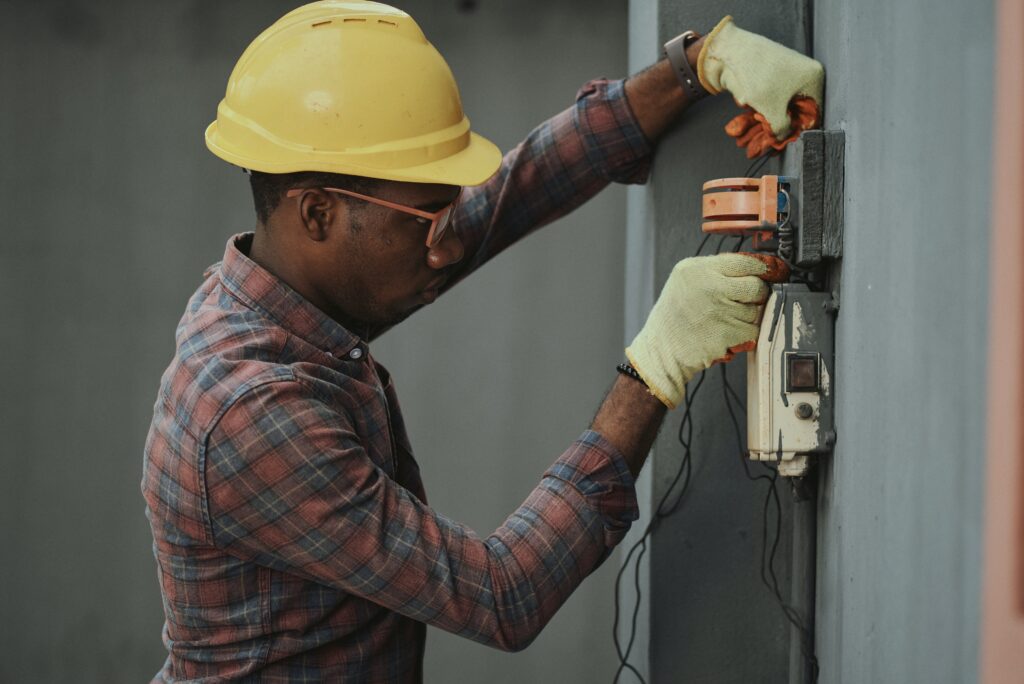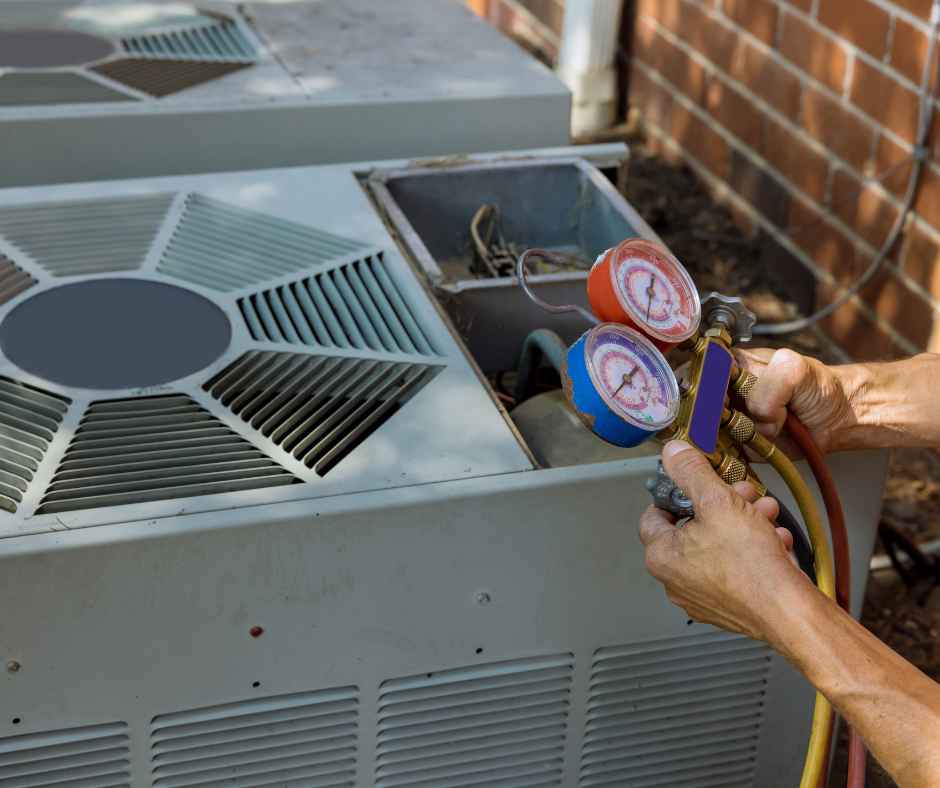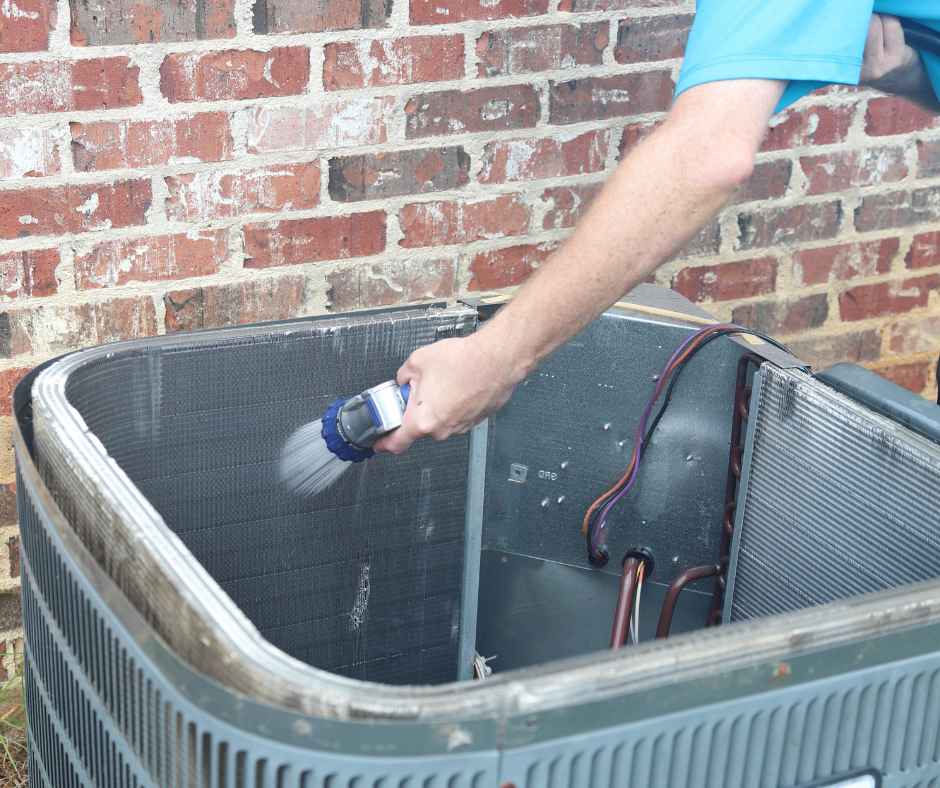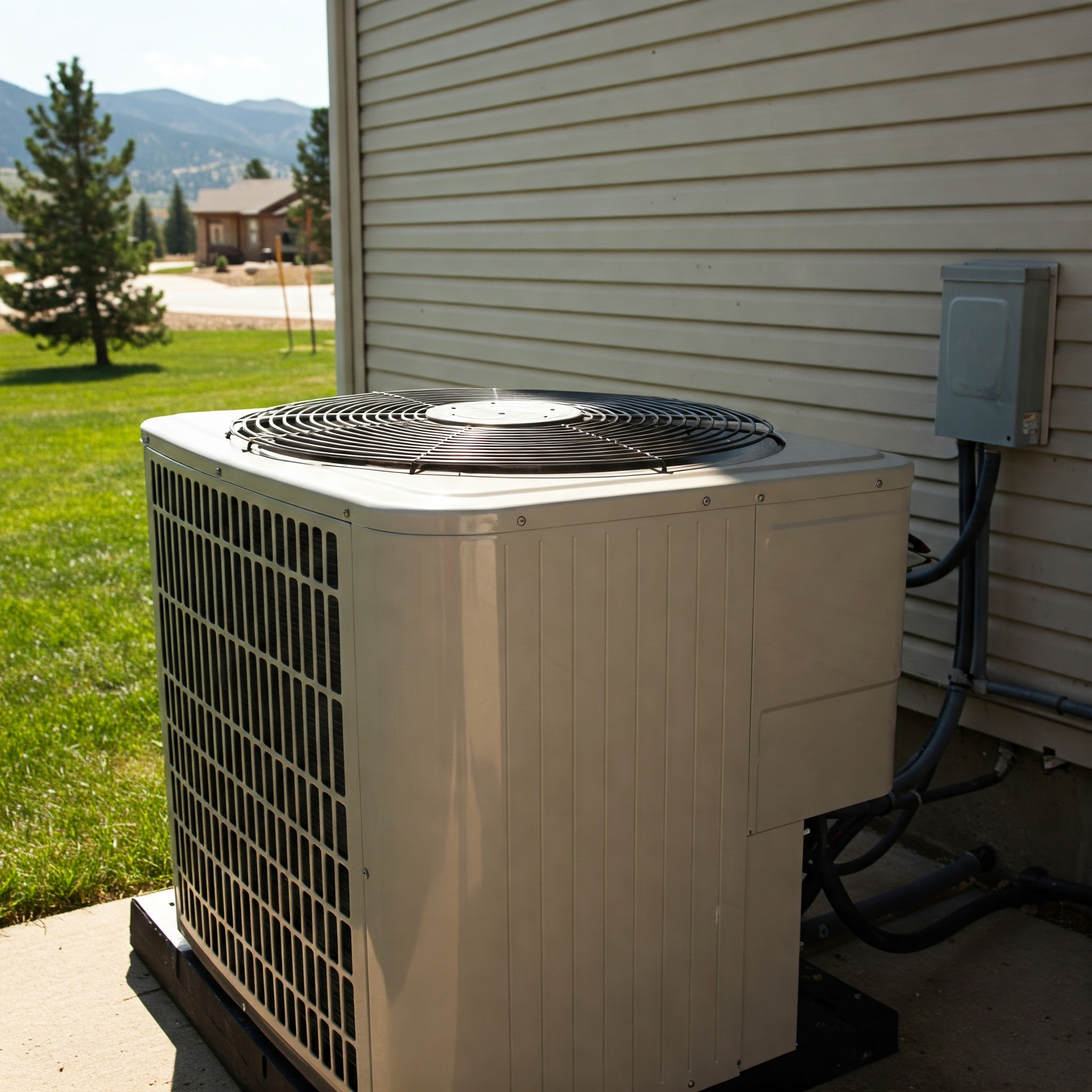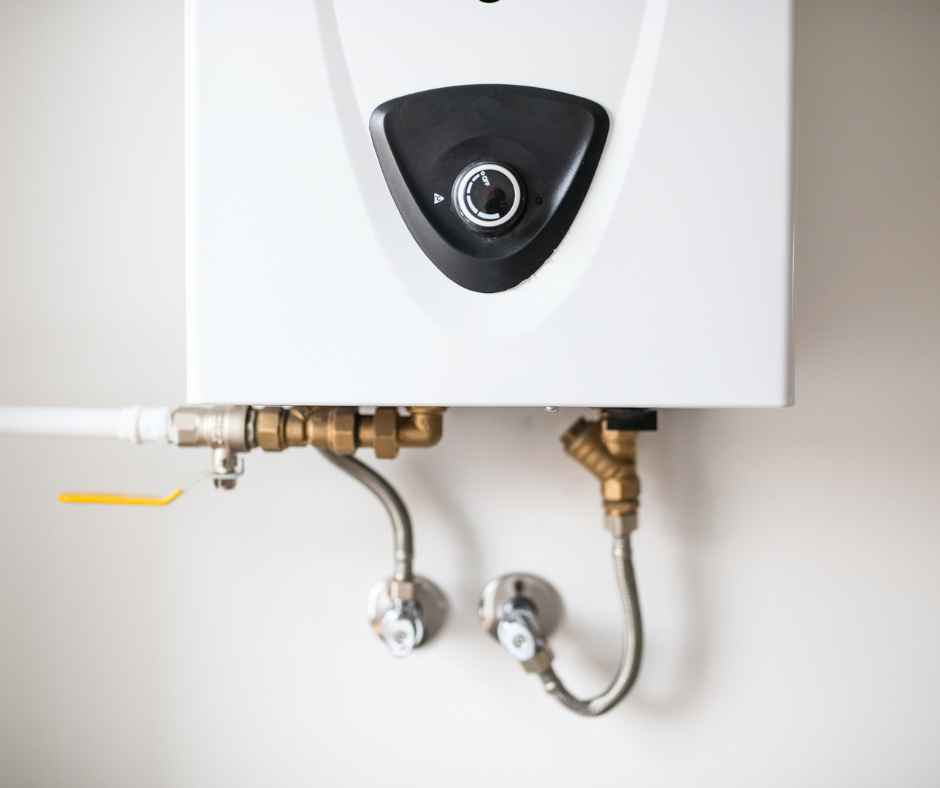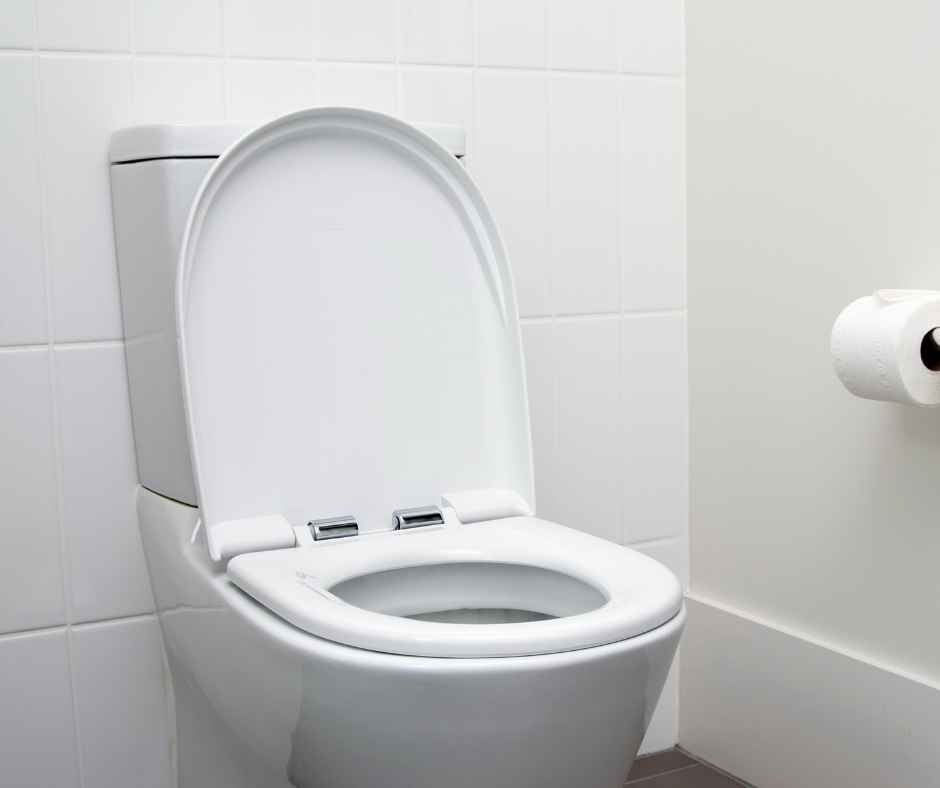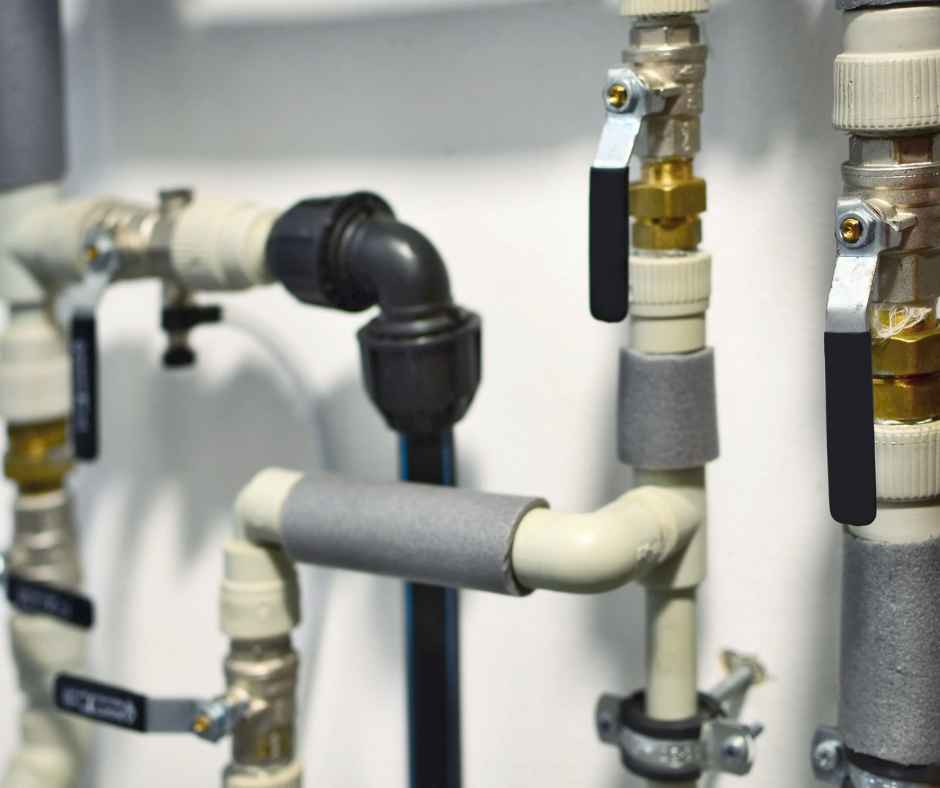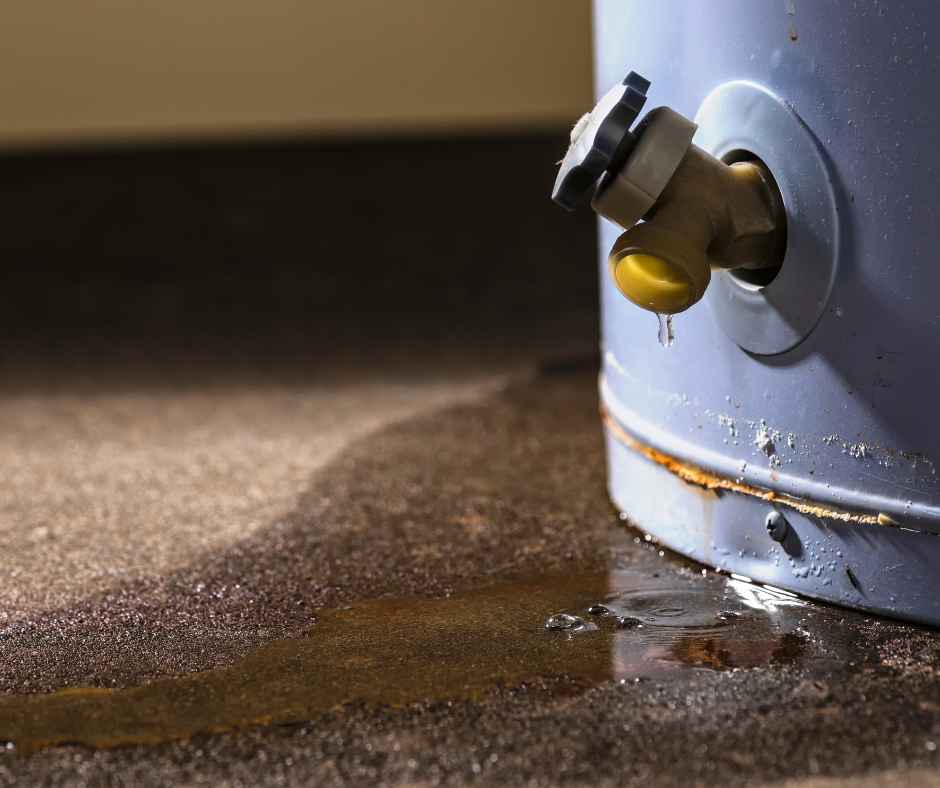Serving Douglas County & The Surrounding Areas
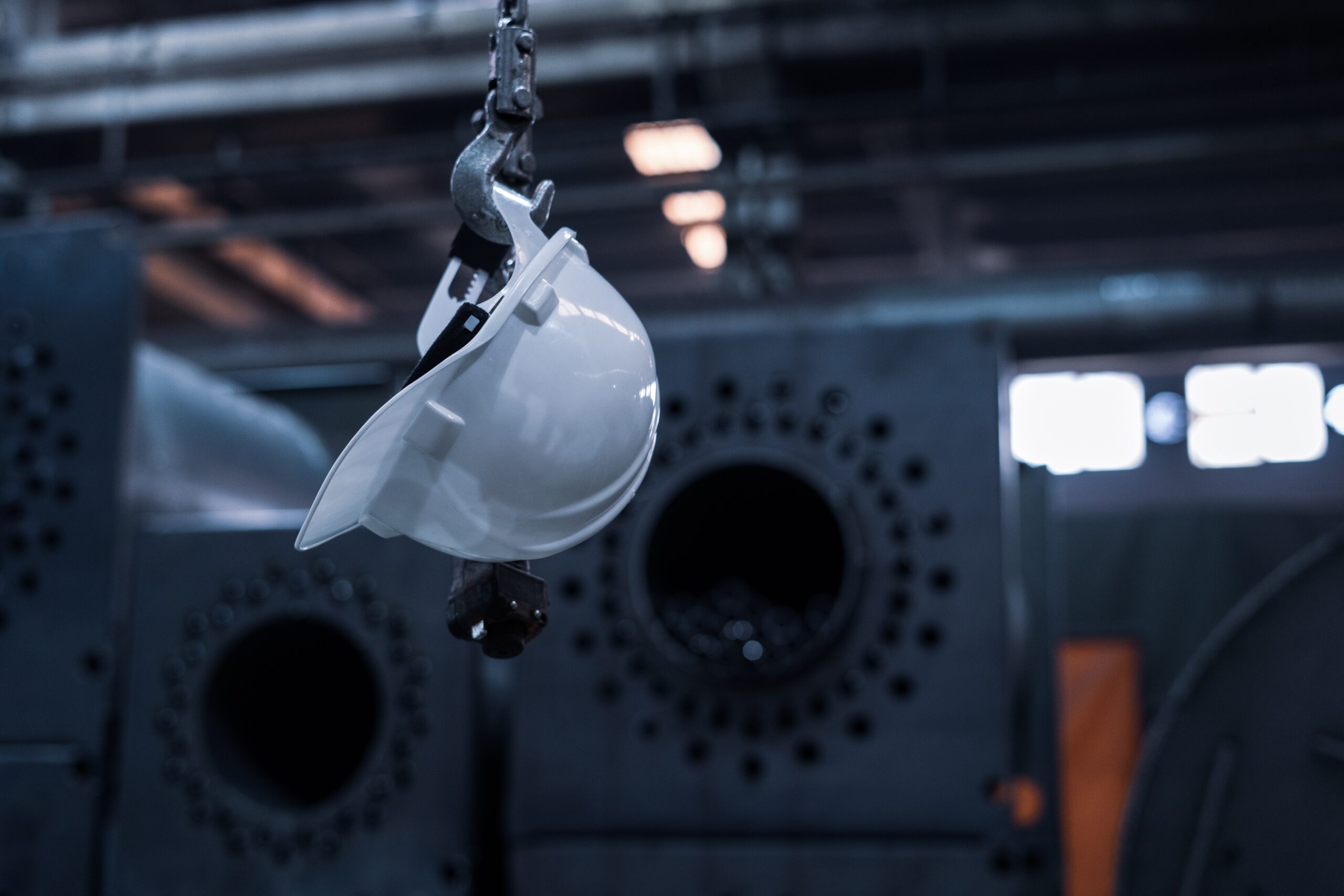
The Ultimate Guide to DIY Air Conditioner Repair
When temperatures start to rise, a broken air conditioner can be a major hassle. Luckily, many common AC issues can be easily fixed at home with some basic tools and know-how. Whether your unit is blowing warm air or making strange noises, there are steps you can take to diagnose and repair the problem yourself.
Safety First: Before You Begin.
Before attempting any DIY air conditioner repair, it’s important to ensure your safety. Start by turning off the power supply to your unit before opening it up or attempting any repairs. This involves flipping the circuit breaker switch for your AC unit to the “off” position. If you’re unsure where this switch is located, consult your owner’s manual or contact a professional.
In addition to turning off the power supply, you should also wear protective gear such as gloves and safety glasses to prevent injury. Furthermore, if you are not familiar with the mechanics of air conditioners, observe caution when attempting repairs and contact a professional if needed.
When troubleshooting common AC issues, there are several steps you can take to find the root of the problem. Start by checking your air filters – if they’re clogged or dirty, this could be causing poor airflow and reduced cooling power. Additionally, check for any blockages in your outdoor unit, such as leaves or debris that may have gotten stuck inside. If these simple steps fail to produce results, it’s time to call in the professionals.
Air conditioners are complex machines and require a licensed technician’s expertise for repairs beyond basic troubleshooting. Professional air conditioner installers can diagnose your unit and make any necessary repairs with specialized tools and knowledge.
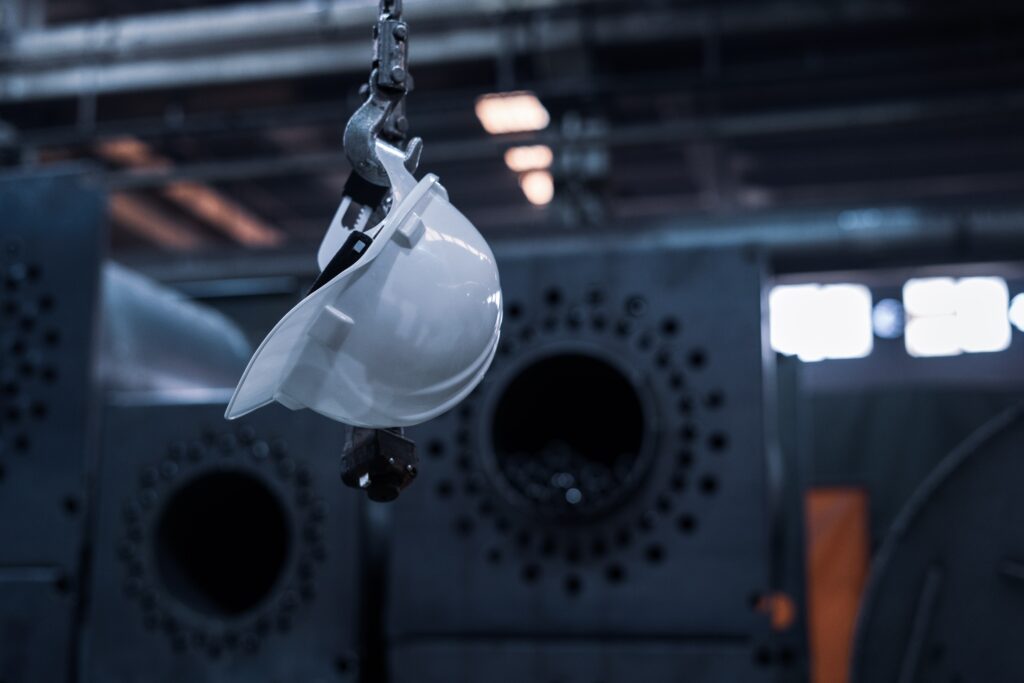
DIY AC Repair – Safety First
Inspect and Clean the Air Filter and Evaporator Coil.
The best way to avoid costly repairs is with proper air conditioner maintenance. Start by regularly cleaning your unit’s filters, as this will help improve airflow and reduce strain on the system. Additionally, be sure to keep branches and other debris away from the unit so that it can function correctly.
A dirty air filter and evaporator coil can significantly impact the efficiency of your air conditioning unit, leading to higher energy bills and reduced cool air output.
Inspect and clean your air filter, locate your unit’s filter compartment, remove the air filter from its housing, and examine it for visible dirt and debris buildup. If the filter appears clogged or dirty, use a vacuum cleaner to remove any dirt particles before replacing it in the filter compartment.
As for cleaning the evaporator coil, you’ll need to first turn off power to the unit and use a soft-bristled brush or specialized cleaner to remove any debris from the fins of the coil gently. Be careful not to damage the delicate fins during this process. With regular cleaning of these two components, you can help maintain optimal performance from your AC unit.
Check and Repair Electrical Connections.
Your air conditioner’s electrical connections are another vital component to check when attempting a DIY repair.
Before starting any repairs, always ensure that power to the unit is turned off at the circuit breaker box. Once you have verified this, you can examine the unit’s electrical connections by opening its access panel and looking for signs of frayed wiring or loose connectors.
If you notice any issues with the wiring, use a wire stripper and electrical tape to remove the damaged section of the wire and reconnect it securely. Always refer to your unit’s user manual or consult an HVAC professional if you are unsure how to proceed with these repairs.
When checking and repairing electrical connections on a DIY air conditioner repair, you should inspect the wiring for any signs of corrosion or deterioration. Use a wire brushing tool to remove any rust from the electrical parts if needed. Additionally, ensure that all connections are firmly tightened and insulated adequately with electrical tape to ensure proper functionality and safety.
While DIY air conditioner repair can be a great way to save money on repairs, it is important always to observe caution when working with electrical components. If you’re unsure of how to proceed with any part of the repair process, contact a professional for assistance or have them check your work before powering up the unit.
Troubleshoot the Thermostat.
One common issue with air conditioners is a malfunctioning thermostat. Before jumping to conclusions and assuming that the AC unit is broken, it’s important to check if the thermostat works properly.
Ensure your thermostat is set to “cool” and at the desired temperature. Try replacing the batteries or adjusting the calibration settings if it isn’t blowing cold air. Also, note whether other electrical devices are not working in your home, as this can indicate a more significant electrical issue affecting your AC’s performance.
Address Mechanical Issues (Fan, Compressor, Refrigerant).
Regarding air conditioner repair, addressing mechanical issues such as problems with the fan, compressor or refrigerant problems can seem daunting to the average homeowner. However, with some knowledge and preparation, anyone can tackle these common AC issues themselves.
1) First, check if your AC fan is spinning properly or not. It may be time to replace your unit’s motor or capacitor if it isn’t. Replacing your air conditioner unit motor or capacitor is fairly straightforward but requires basic knowledge of electricity and air conditioning units.
A) The first step in replacing the motor or capacitor is to locate the unit’s access panel, which can be found at the bottom of the outdoor unit.
B) After you have access to the unit, locate the motor or capacitor and disconnect its electrical connection.
C) Once disconnected, you can attach the new motor or capacitor in position and secure it with screws.
2) Secondly, if your compressor is making strange sounds or not turning on at all, electrical issues could be involved, which will require further inspection by a qualified technician.
3) Finally, suppose you suspect that there may be an issue with low refrigerant levels, which could be causing insufficient cooling power from your unit, consult a professional contractor who has experience in handling refrigerants. In that case, they will ensure that any work done complies with safety regulations while fixing this problem for you quickly and efficiently.
Conclusion
DIY air conditioner repair can be a great way to save time and money if you’re willing to put in the work. Learning how to troubleshoot electrical connections, thermostats, fan motors, capacitors, compressors and refrigerants is an important skill for any homeowner.
However, it’s important to remember that someone with basic electricity and air conditioning unit knowledge should only attempt these repairs.
If you find yourself unsure about how best to proceed at any point during the repair process or believe your issue may require more complex repairs than what was discussed here then contact a professional AC service technician today! They will help ensure that your unit is running as efficiently as possible so you don’t have to worry about letting a broken air conditioner ruin your summer this year!

